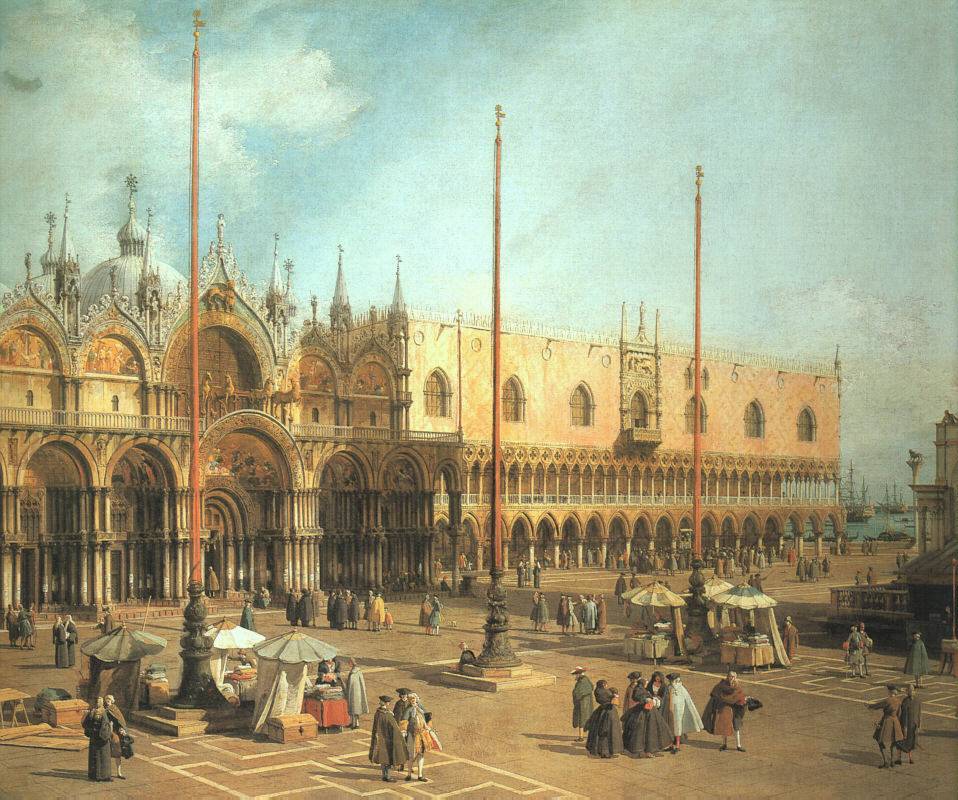
The Guardian Reports:
First came the counterfeit designer handbags. Then, the cheap Chinese textiles that pose a threat to livelihoods throughout the region round Venice.
But what no one knew until Friday was that the Venetian lagoon itself was stealthily being invaded by another competitive far eastern import. According to an article published in the bulletin of Venice's natural history museum, algae from the waters off China, Japan and Korea has become the dominant species in the lagoon, replacing the dark green kelp that has traditionally blighted romantic views from canal bridges.
This is the second time in recent years Venice has been threatened by seaweed. In 1989, a vast yellow scum of rotting algae spread up the Adriatic, in the words of one biologist, "like a cappuccino of cosmic proportions". The slime slick, several hundred miles long, sent holidaymakers fleeing and tourist revenues plummeting.
Daniele Curiel, one of the researchers who discovered the latest invasion, by Undaria pinnatifida, told the newspaper La Repubblica that the effects this time were not as dramatic. Most Venetians had not even noticed one lot of seaweed had taken over from another.
Undaria pinnatifida, also known as Asian kelp, nevertheless figures on the Global Invasive Species Database of 100 least wanted guests, which notes that it "forms dense forests, resulting in competition for light and space, which may lead to the exclusion or displacement of native plant and animal species".
Since it can grow to up to 3 metres (about 10ft) in length, it also has a formidable potential to foul the propellers of boats operating in the lagoon. The kelp is thought to have arrived in bilge water, flushed out by vessels arriving, not from the far east, but from France, where it is grown for use in the cosmetic and pharmaceutical industries.
Venice, Piazza San Marco ten seconds ago, live web-cam.
 Piazza San Marco, Looking Southeast, by Canaletto
Piazza San Marco, Looking Southeast, by Canaletto 1735-40; National Gallery of Art, Washington D.C.
Filed under: Venice, globalization, Japan, China, Korea, algae, environment, reasons not to vote Republican

No comments:
Post a Comment